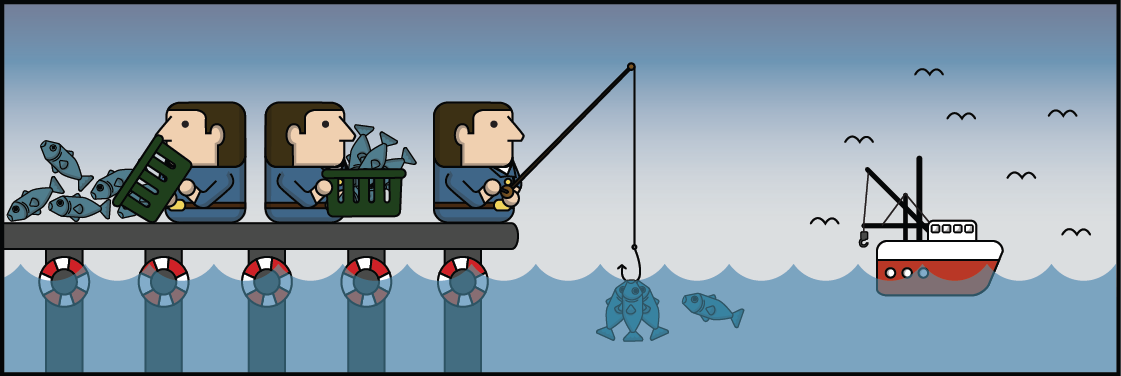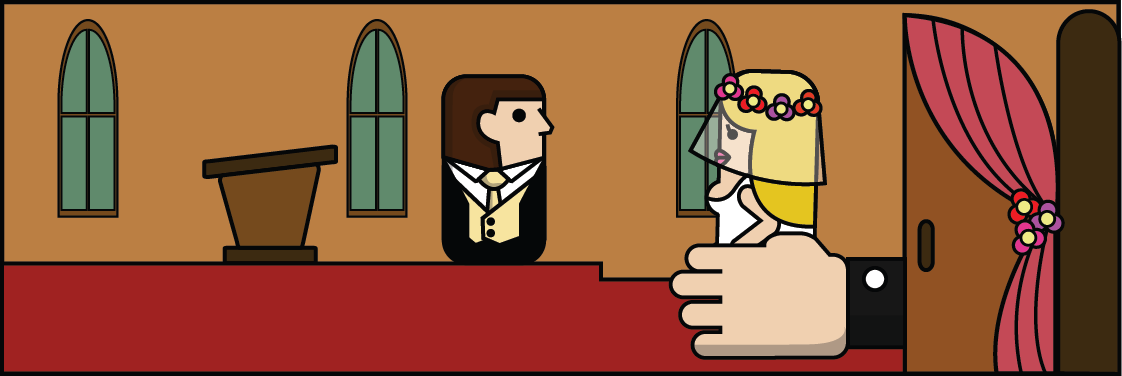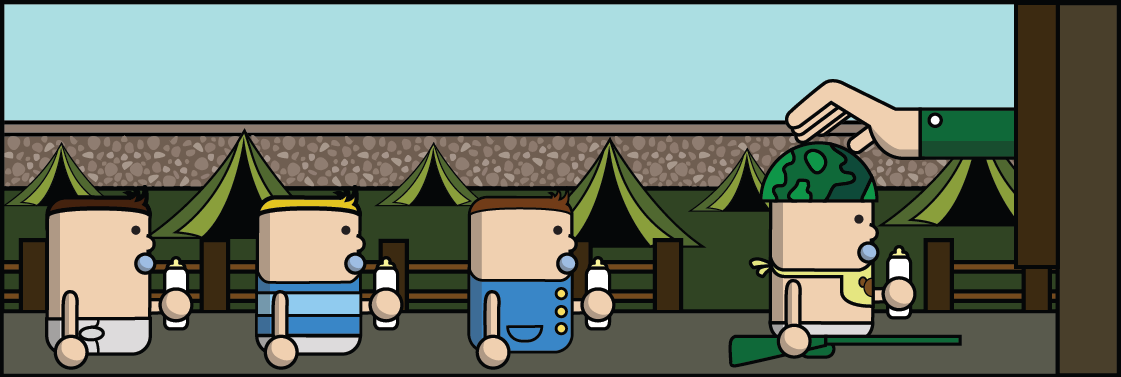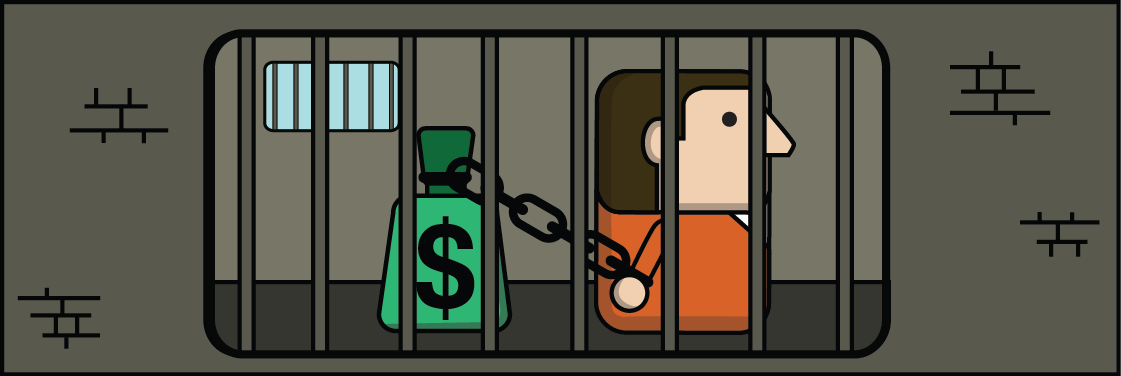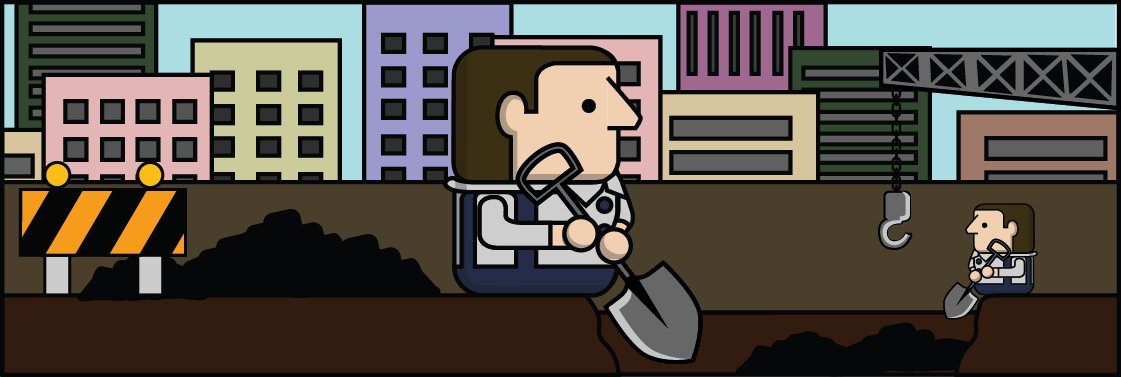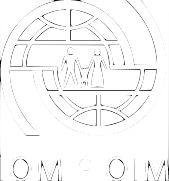Forced labour is a common way of exploiting human trafficking victims. It is when violence or intimidation is used to make someone work against his or her will.
It is estimated that human trafficking for forced labour generates US$51.8 billion each year in illegal profits in Asia.
Debt bondage, the practice of forcing someone to pay off a loan by working for an agreed-upon or unclear period of time for little or no salary, is a common method of intimidation in situations of forced labour.
Victims of trafficking for forced labour in Asia Pacific often live in substandard housing, are not paid their full salaries and have their identification and travel documents taken away to prevent them from leaving.
Victims of trafficking for forced labour are often housed in dormitories controlled by the employer or trafficker. They lack proper sanitation and are far away from urban centers, leaving workers isolated.
Due to economic pressure or social barriers to finding work, vulnerable individuals such as migrants, ethnic minorities or socially marginalized groups may agree to offers from recruiters who turn out to be traffickers.
Human trafficking victims are commonly subjected to contract switching, where the contract they sign initially is replaced with a different one when they arrive at the place of work.
Trafficking victims face risks to their physical health, such as being forced to work in factories without appropriate protections, and being exposed to toxic chemicals, which can cause permanent damage to eyes, lungs or skin, and potentially cause cancer.
Trafficking victims in construction work often lack protective gear that can help prevent injuries and have little leverage to express grievances over unsafe work environments.




















